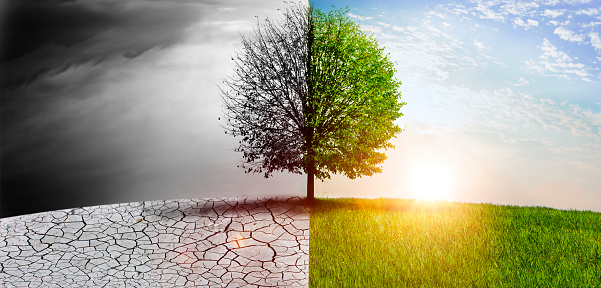What is global warming and how does it affect the environment?
Effect of Global Warming on devasted Earth
Global Warming Definition
"Global warming is a gradual increase in the earth’s temperature generally due to the greenhouse effect caused by increased levels of carbon dioxide, CFCs, and other pollutants."
What is global warming?
Global warming is the phenomenon of a gradual increase in the temperature near the earth’s surface. This phenomenon has been observed over the past one or two centuries. This change has disturbed the climatic pattern of the earth. However, the concept of global warming is quite controversial but scientists have provided relevant data in support of the fact that the temperature of the earth is rising constantly.
There are several causes of global warming, which have a negative effect on humans, plants, and animals. These causes may be natural or might be the outcome of human activities. In order to curb the issues, it is very important to understand the negative impacts of global warming.
For More Information On Global Warming, Watch The Below Video:
How does it affect the environment?
A woman looks at wildfires tearing through a forest in the region of Chefchaouen in northern Morocco on Aug. 15, 2021. One of the effects of global warming will be more heat waves in some areas, a risk factor for wildfires. (Image credit: FADEL SENNA/AFP via Getty Images)
Global warming, the gradual heating of Earth's surface, oceans, and atmosphere, is caused by human activity, primarily the burning of fossil fuels that pump carbon dioxide (CO2), methane, and other greenhouse gases into the atmosphere.
Already, the consequences and effects of global warming are measurable and visible on the planet.
"We can observe this happening in real-time in many places," Josef Werne, a professor of geology and environmental science at the University of Pittsburgh, told Live Science. "Ice is melting in both polar ice caps and mountain glaciers. Lakes around the world, including Lake Superior, are warming rapidly — in some cases faster than the surrounding environment. Animals are changing migration patterns and plants are changing the dates of activity," such as trees budding their leaves earlier in the spring and dropping them later in the fall.



Comments
Post a Comment